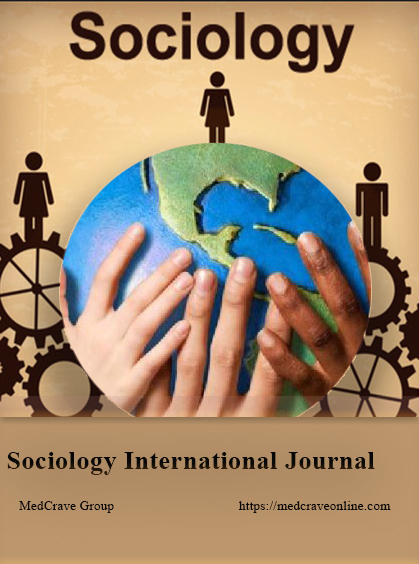Missionary networks and Korea: social network analysis and complexity science?
Missionary networks and Korea: social network analysis and complexity science?
Author(s): Kim Henry HSubject(s): History, Social Sciences, Sociology
Published by: MedCrave Group Kft.
Keywords: exploratory; missionary; networks; borders; subsequent; penetrations; treaties; burgeoning; addressed; historiography; heuristic
Summary/Abstract: This social network analysis (SNA) exploratory paper investigates Protestant missionary networks concerning Korea at the turn of the 20th century.1 Given the numerous major events in Korea’s history (gross understatement) from the opening of its trade borders to Japan (1876) and subsequent Western penetrations (the 1882 “Shufeldt” and subsequent treaties) to the 21st century2 there cannot be a direct connection regarding the growth of Protestant from the 1880s to the present. Nonetheless, something(s) or some person(s) fostered the burgeoning of Protestantism at the turn of the 20th century.3There are three basic questions that will be addressed in this paper. First, what were the missionaries’ social networks in Korea from 1868 to 1905? This can been visualized and specified via sociograms and SNA. Second, what contributions can SNA make regarding the historiography of these networks? SNA metrics may help qualify which missionaries or networks were “important.” Third, how can the intersection of historiography and SNA are advanced? Can SNA, as a subset of complexity science (CS), be used with other subsets of CS to engage with historical documents, historians, social scientists? Accordingly, I will conclude this paper by framing SNA into a larger heuristic framework of complexity science (CS) in general–that is, a relationship between parts and wholes,1–34 and four elements of CS in particular:Self-organized criticality (phase transitions)Time series and bifurcations (Feigenbaum Constant)Fractal geometry (topographic explorations)Cellular automataThis paper does not claim that SNA or CS is a new panacea to trump traditional historiography. I merely want to suggest that perhaps, in light of the paucity of such an engagement, that it is academically worthwhile to entertain such an inquiry.
Journal: Sociology International Journal
- Issue Year: 2/2018
- Issue No: 6
- Page Range: 566-574
- Page Count: 9
- Language: English

